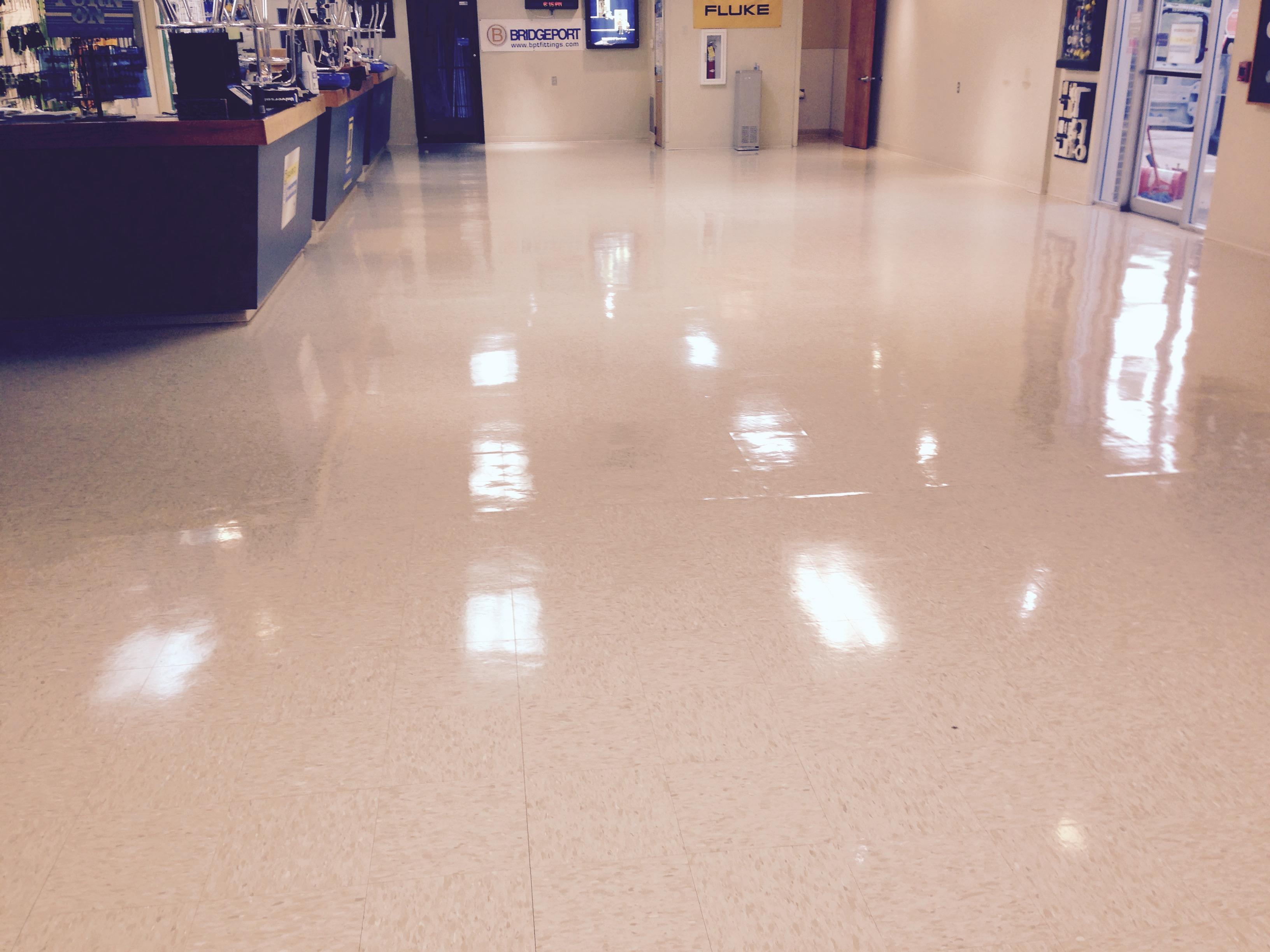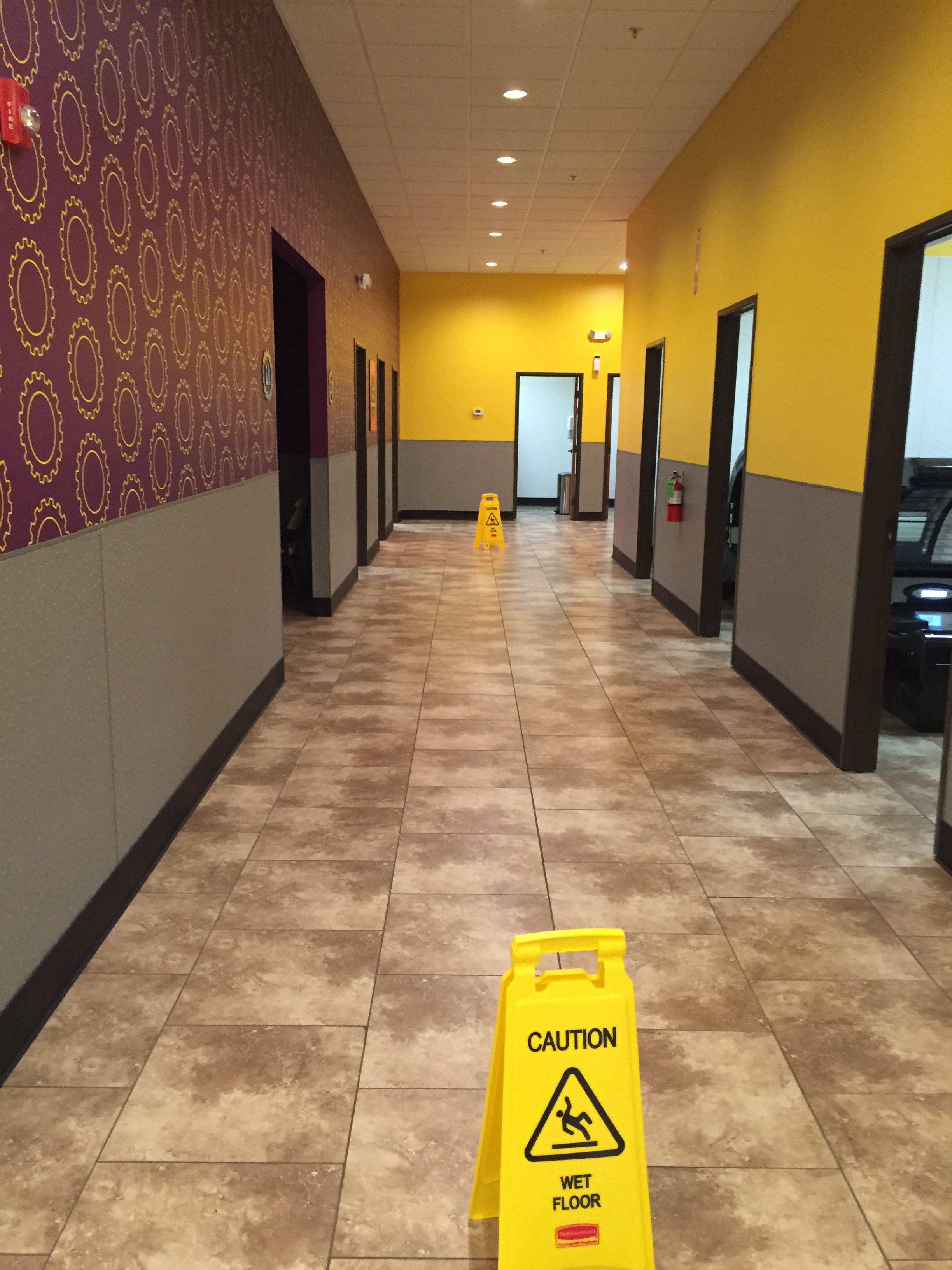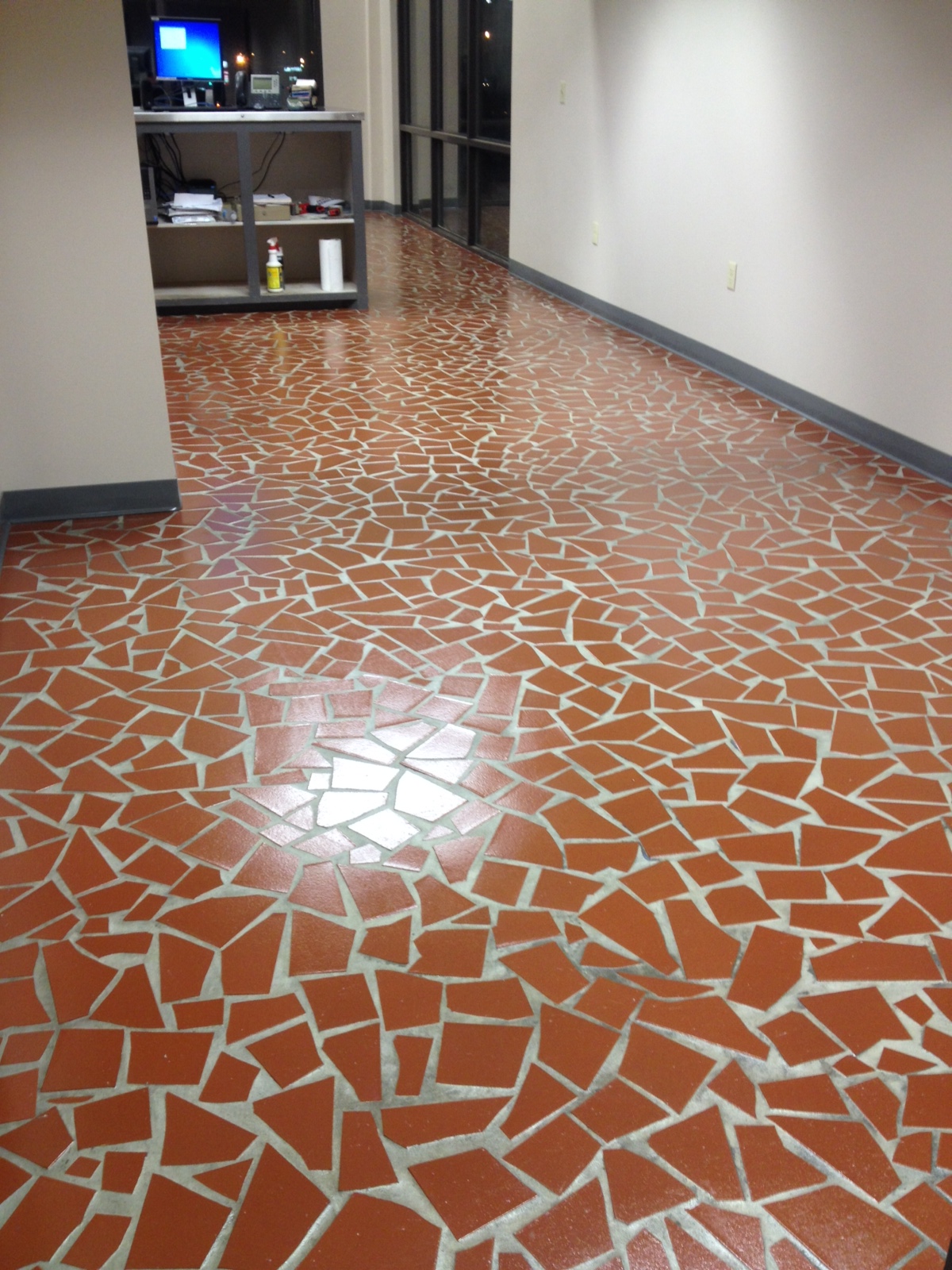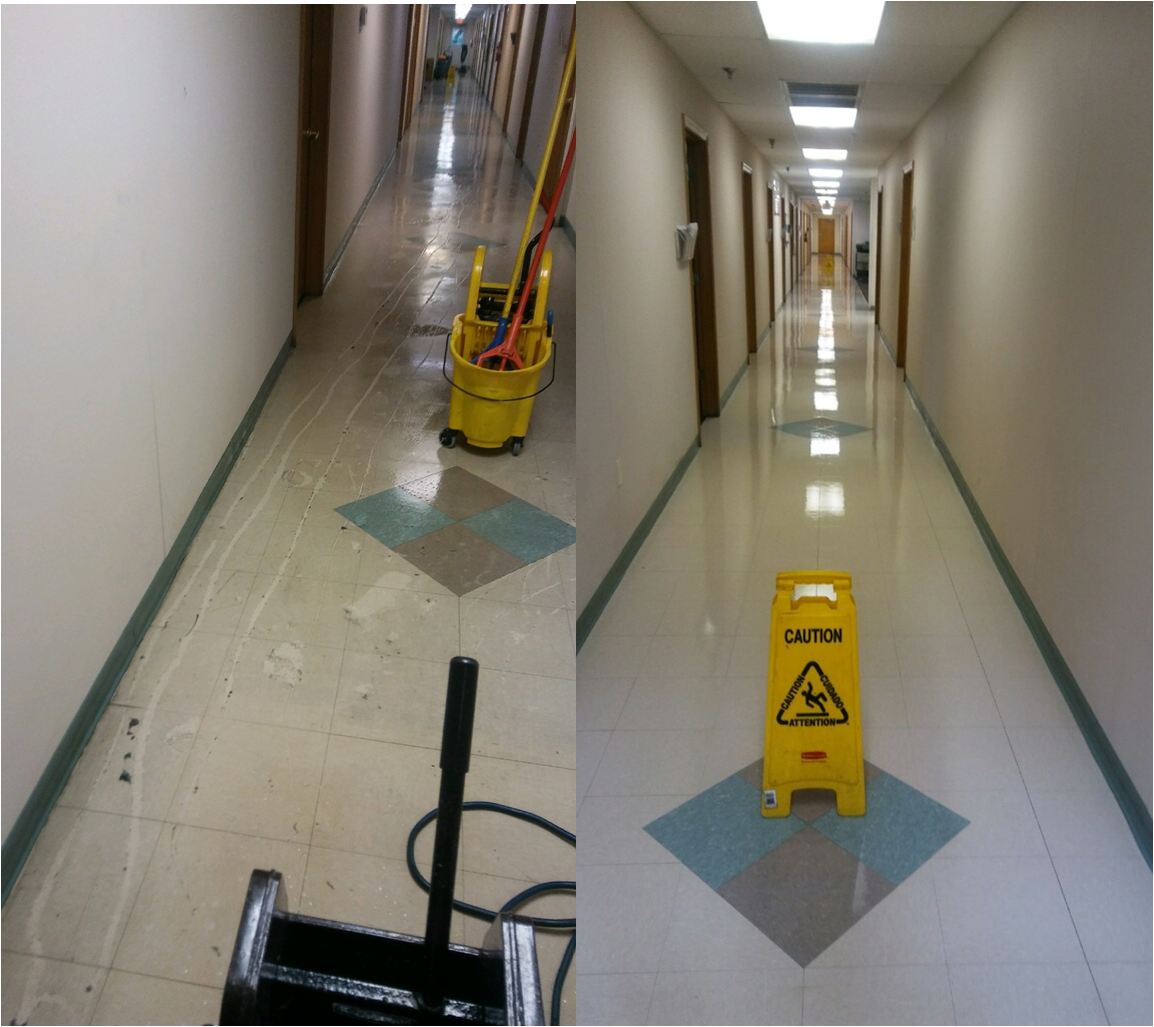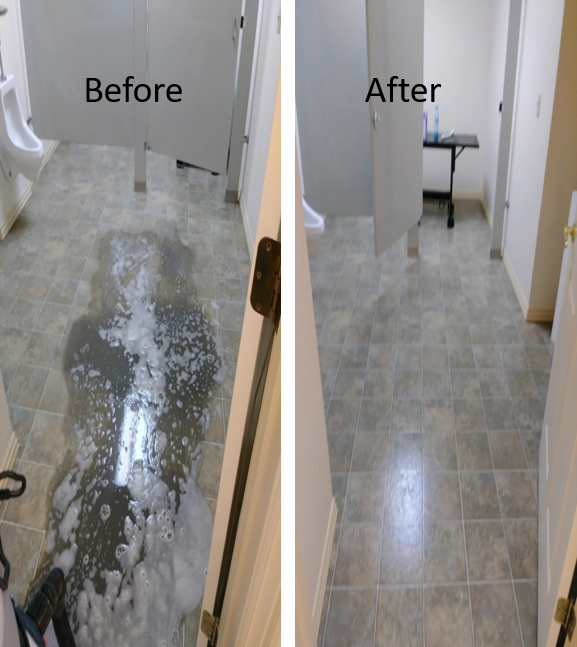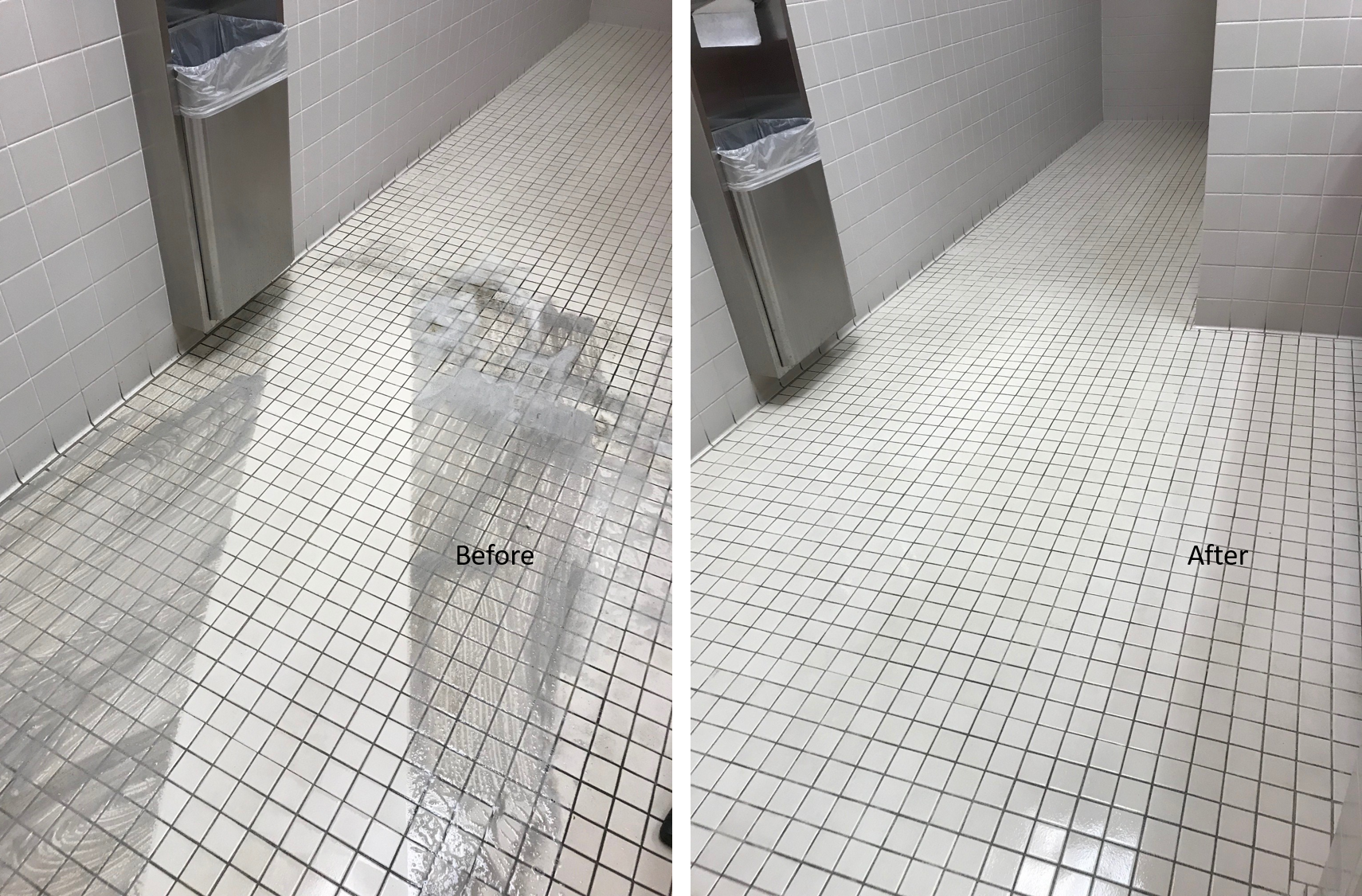Addressing Facility IAQ
Indoor air quality is emerging as a necessary criterion for combatting the spread of SARS-CoV-2, as well as other airborne pathogens.
[... scientists are stressing the importance of proper building ventilation in preventing the spread of COVID-19, citing it is as important as social distancing, wearing masks and washing hands regularly.
A building’s HVAC system – the air conditioner, furnace, and ducts – must be working properly to prevent the spread.
https://buff.ly/3cp3mY2
A recent survey of more than 700 workers conducted by Aeroseal, LLC. revealed major concerns regarding the cleanliness of indoor air in a wide variety of workplace environments.
Key findings from the survey revealed that:
-89% reported that they believe the air in their home is cleaner than at work.
-42% will work in an office building, school, or healthcare facility when they return, and;
-64% are worried about their health and safety when returning to work.
Additionally, the survey revealed nearly one-third of the returning labor force was more concerned with IAQ than surface cleanliness and hygiene.
-27% are more concerned about the cleanliness of indoor air than they were the surfaces in bathrooms.
-15% were more concerned with IAQ than the surface hygiene in meeting rooms, and;
-9% were more concerned with IAQ than the cleanliness of elevators.
https://buff.ly/3cp3mY2
A recent survey found that more than half of the U.S. labor force anticipates returning to work before the end of the year, prompting concerns regarding the quality of indoor air and how that may impact their health and safety.
https://buff.ly/3cp3mY2
The Importance of Drying Your Hands After Washing
What many people may not be aware of is that bacteria are more easily transmitted from wet hands than dry hands.
This is one of the primary reasons why hand drying is so integral to stopping the spread of germs and bacteria.
Using paper towels to dry your hands not only removes the moisture from hands more quickly and efficiently than other drying methods, but the friction caused by the towels allows for even further removal of microorganisms.
Moreover, paper towels serve as a protective barrier from recontamination after hand washing when used to turn off faucets and open doors.
Despite evidence supporting hand drying’s critical role in reducing the spread of germs and bacteria and the benefits of using paper towels over other hand drying methods, the importance of hand drying continues to be overlooked.
https://buff.ly/3mlljvc
The Importance of Hand Hygiene Compliance in the Fight Against Germs
A 2013 study had trained observers discreetly watch more than 3,700 people wash their hands.
It found that only about 5% of them followed all the rules.
About one in four people just wet their hands without using soap -- a move hygiene researchers call the “splash and dash.”
About one in 10 didn’t wash at all after a trip to the restroom.
The most common shortcoming for most people was time. Only 5% spent more than 15 seconds washing, rubbing, and rinsing their hands.
https://buff.ly/3mlljvc
Hand hygiene is a crucial element in the fight against deadly viral pathogens, such as COVID-19 and influenza--the only problem is, most people are not doing it correctly.
https://buff.ly/3mlljvc
Influenza & COVID-19 Safety Checklist
-If you feel sick, stay home.
-If symptoms worsen, go to the emergency room.
-Avoid close contact with sick people if possible.
-Avoid large public gatherings in poorly ventilated buildings.
-Cover your mouth or nose when you cough or sneeze.
-Pay attention to what you touch in public and wash your hands often with soap and water.
-Use hand sanitizer when soap is not available or practical.
-Clean occupied areas of your facility every day, and;
-Deep clean and disinfect at least once per week.
https://buff.ly/3lMhRsF
COVID-19 has several additional symptoms that mandate seeking immediate medical attention, including:
-Confusion
-Inability to wake or stay awake
-Bluish lips or face
-Changes to, or a loss of taste or smell
https://buff.ly/3lMhRsF
The COVID-19 public health emergency has officially merged with the northern hemisphere's annual cold and flu season, resulting in heightened levels of stress due, in part, to similarities in symptoms between the various infections.
https://buff.ly/3lMhRsF
How Dirty Carpet Impacts Perception Of Clean
According to a recent Harris Poll;
54% question the quality of care a long-term care facility offers after seeing dirty carpet.
50+% said they would complain to facility managers.
48% stated they would question the facility’s commitment to the health and safety of staff and residents.
Just under 50% said they assume the facility is not cleaned correctly.
44% said they would look for another facility for their family member to reside in.
40% claimed they would tell friends, family, or other residents about the lack of cleanliness.
Approximately 33% would complain to the local Department of Public Health, and;
Around 20% stated they would leave a negative review online.
https://buff.ly/36By9QE
Carpet Care and the Perception of Cleanliness
Carpet is often the first thing visitors see upon entering a facility.
Clean floors give facility managers the opportunity to make a positive first impression on customers.
A recent Harris Poll study revealed that 93% of individuals reported dirty carpet would negatively impact their perception of that organization.
The consequences of dirty carpet don’t end at customers’ impressions.
Poor perception easily turns to action, with half of Americans admitting they would spend less time in a facility with dirty carpet.
https://buff.ly/36By9QE
Your business gets one chance to make a first impression, and often the cleanliness of your carpets is what sends that message to prospective customers as they enter the building.
https://buff.ly/36By9QE
Q: What duties do property owners have regarding ice and snow removal?
A: Generally, the law doesn't require a property owner to remove ice or snow that accumulates outside his or her building as the result of the weather.
However, if conditions on the property cause an unnatural accumulation of ice or snow, the property owner may be liable for slip and fall accidents.
In addition, if a property owner elects to provide snow or ice removal, he or she must not do so negligently.
https://buff.ly/2I1GrHF
Slip & Fall Facts
According to the National Floor Safety Institute;
Falls account for over 8 million hospital emergency room visits, representing the leading cause of visits (21.3%).
Slips and falls account for over 1 million visits or 12% of total falls.
Slips and falls do not constitute a primary cause of fatal occupational injuries but represent the primary cause of lost days from work.
Slips and falls are the leading cause of workers’ compensation claims and are the leading cause of occupational injury for people aged 55 years and older.
85% of worker’s compensation claims are attributed to employees slipping on slick floors (Industrial Safety & Occupational Health Markets 5th edition).
22% of slip/fall incidents resulted in more than 31 days away from work (US Bureau of Labor Statistics (2002).
Compensation & medical costs associated with employee slip/fall accidents are approximately $70 billion annually (National Safety Council Injury Facts 2003 edition).
https://buff.ly/2I1GrHF
Winter is upon us, and travels for both work and pleasure are increasing, which means businesses will need to protect their customers and workers from the elements and potential slip and fall injuries.
https://buff.ly/2I1GrHF
COVID-19 & Winter High School Sports
Winter high school sports, such as football and competition cheer, can be especially problematic during the outbreak due to the close quarter contact and large crowds.
Learn more...
https://buff.ly/3e9tuY4
Cleaning to Protect High School Athletes
According to MaxPreps, high school athletics in Oklahoma, Missouri, and Arkansas have been given the OK to return to regularly scheduled athletic programs contingent upon review from the state health boards and the governor's office, meaning they must protect their athletes from infection while maintaining the typical high standards for performance and attendance.
https://buff.ly/3e9tuY4
Arkansas, Missouri, and Oklahoma have successfully returned to a fairly normal high school athletics schedule at the start of this year's school season, but must maintain the hygiene of their facilities and protect the students to ensure the activities remain available and the participants remain healthy.
https://buff.ly/3e9tuY4
The Importance of Infection Prevention for Manufacturing Facilities
The COVID-19 health crisis demonstrated the importance of the manufacturing industry to U.S. consumer, corporate, and government interests--underscored by the wide swath of sectors listed by the U.S. Cybersecurity and Infrastructure Security Agency (CISA) as critical.
https://buff.ly/39kgTAh
Preventing Infections and Disruptions to Production
Illness, like workplace accidents, while not entirely avoidable, can be significantly mitigated with the proper training, processes, and safety precautions, including:
-Hand Hygiene
-Increase Cleaning and Disinfection Frequency
-Training
-Respiratory Etiquette
-PPE, and;
-Emergency Planning
Learn more;
https://buff.ly/39kgTAh
Manufacturing facilities are critical to the U.S. supply chain, cybersecurity, and National Defense--underscoring the importance of maintaining a smooth operation by providing a clean, safe, and healthy work environment for employees.
https://buff.ly/39kgTAh
Superbug Outbreaks in COVID-19 Wards
A recent outbreak of the antibiotic-resistant fungus C. auris has been observed around the world, with approximately 1,500 cases being reported to the U.S. Centers for Disease Control and Prevention.
One such case originated in the COVID-19 ward of a Florida healthcare facility where 42 of 67 patients tested positive for C. auris, which may have potentially contributed to the deaths of 8 individuals within 30 days of screening.
Primary reasons cited by investigators for the spread were:
Healthcare providers using multiple gown and glove layers in the COVID-19 unit.
Extended use of the underlayer of PPE.
Lapses in cleaning and disinfection of shared medical equipment and mobile computers, and;
Lapses in adherence to hand hygiene.
https://buff.ly/3sEXvWs
The Spread of Candida Auris Among COVID-19 Patients Raises Concerns Regarding PPE Use and Cleaning Consistency
Prior to the outbreak of SARS-CoV-2, the prevalence and spread of antibiotic-resistant superbugs in healthcare facilities across the U.S. was a major concern.
Antibiotic-resistant superbugs result in millions of infections and tens of thousands of deaths in the U.S. each year.
According to the CDC, antibiotic-resistant bacteria and fungi are responsible for more than 2.8 million infections and 35,000 deaths in the United States each year.
Putting this into perspective, on average someone in the United States gets an antibiotic-resistant infection every 11 seconds and someone dies from an antibiotic-resistant infection every 15 minutes.
When Clostridioides difficile (C. diff) is added to the statistics, the numbers increase to 3 million infections a year and about 48,000 deaths.
https://buff.ly/3sEXvWs
COVID-19 has consumed the focus of cleaning efforts in healthcare facilities, but the threat of superbugs remains--especially for those already exposed to the SARS-CoV-2 virus.
https://buff.ly/3sEXvWs


